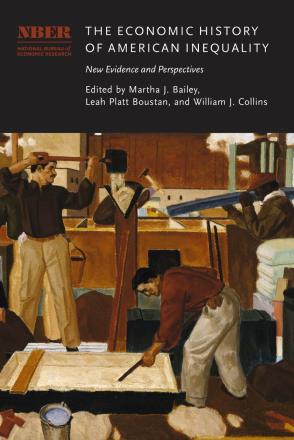Union Army Widows and the Historical Take-Up of Social Benefits

Take-up of modern social programs is incomplete. The literature identifies multiple reasons for incomplete take-up, which can be divided in three broad categories—information, administrative, and stigma costs—and finds a role for all three. This chapter will analyze take-up of the first large-scale benefits program in the United States, the Union Army (UA) pension, focusing on the behavior of Union Army widows. The take-up rate falls between 35 and 75 percent, with a preferred estimate of 50 percent. This is lower than the take-up rate of most modern federal programs, but not by much. Moreover, take-up of the UA widows’ pension seems to be higher than that of TANF in recent years. Non-participation in the UA pension is plausibly driven by a combination of information and administrative costs, much like modern programs.
-
Copy CitationLaura Salisbury, The Economic History of American Inequality: New Evidence and Perspectives (University of Chicago Press, 2024), chap. 4, https://www.nber.org/books-and-chapters/economic-history-american-inequality-new-evidence-and-perspectives/union-army-widows-and-historical-take-social-benefits.Download Citation


